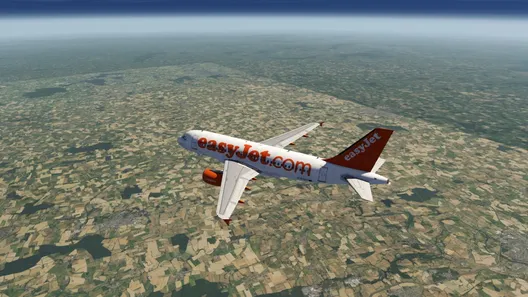VLS is the slowest speed that auto-thrust and the autopilot will target to. A.FLOOR activates based on angle of attack but the AOA needs to be quite high, usually you're already well in the red stall speed tape by that point. You're not yet in a stall condition if the airspeed is still above the red stall speed. The order is usually like this: VAPP = VLS +5kt minimum, VLS = 1.3g stall speed, VS = 1g stall speed where alpha protection starts to pitch down, then alpha floor where engines spool up to TO/GA, then alpha max which can only be achieved by holding full aft sidestick.
The VLS shown on the PFD in Aerofly FS is based on real world data tables and it gets quite high at high Mach numbers. It depends on the weight of the aircraft that you entered and changes if you extend speed brakes for example. So the question is, what mass did you insert into the ZFW and fuel? What gross weight is shown on the lower right corner of the ECAM screen?
Only when the FMS is in the approach phase AND when you use managed speed will the aircraft slow down to green dot in clean configuration and stay there until flaps are extended. Perhaps you are encountering a speed constraint on the route, e.g. 220, 210 or 200kt which are not uncommon. In this case flaps 1 would have to be used in the real world to comply with the speed contraint of the arrival, approach or departure procedure.

